DropShipping vs drop surfing

What is DropShipping?
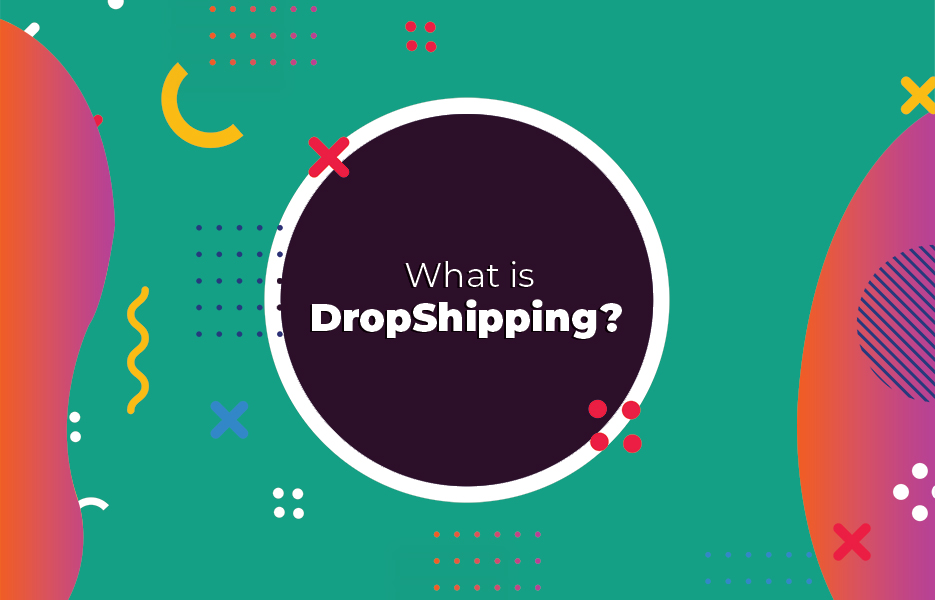
We’ve talked about DropShipping extensively here on the blog, and we will continue to do so, because it’s at the heart of what we do! If you’re brand new to eCommerce, and DropShipping, we recommend heading for our ultimate guide to DropShipping to get a bigger understanding of what it is, how it works and so on.
DropShipping is a way for sellers to make sales, without needing to buy, or store stock. Sellers don’t even need to think about shipping – their supplier(s) takes care of packaging and shipping their orders. Essentially, the process goes like this:
::- The seller immediately buys the item from a supplier.
::- The supplier locates the item in their stock, parcels it up, sends it to the customer.
Because the supplier takes care of the logistics of getting the item to the customer, the seller is free to take care of marketing their items, and can sell more.
What does the customer think about DropShipping, you might wonder? Well, in most cases, customers shopping online don’t actually care where their product comes from – as long as the quality of the product and the service they receive is good, and the price of the item and the speed of the shipping is suitable for their needs.
Why do retailers use DropShipping?
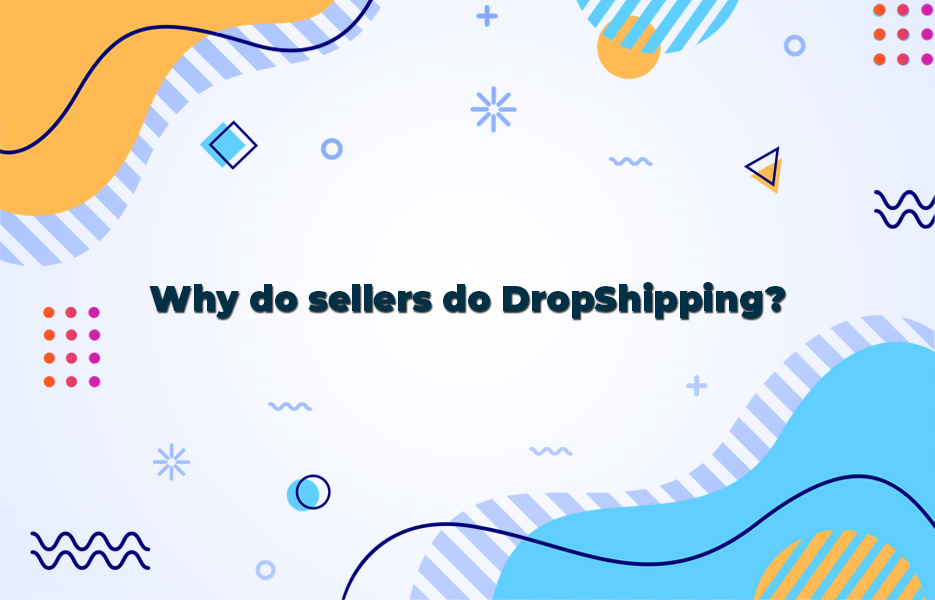
Let’s give you the quick answer. DropShipping is easy to start, it is low risk and low cost, and with automation, can be incredibly easy to manage. Because of this, many retailers are able to manage their DropShipping endeavours alongside the rest of their business, while entrepreneurs can launch a business using DropShipping suppliers relatively quickly and easily, without requiring a huge budget to get started.
Many smaller DropShipping sellers start DropShipping because it’s a way to create their own business when they don’t have any money to invest upfront. Because you don’t need to buy stock with DropShipping, if you create the right strategy and pick the right products, you can start making profits pretty quickly. You just need the right automated DropShipping platformfor your business – preferably one that offers you a free plan initially, so that as you make your sales and your business grows, you can use the profits to invest in a paid subscription for your platform and keep selling more.
Contrary to what some online influencers might have you believe, managing a DropShipping business isn’t a golden ticket that you can earn money doing nothing at all. While you might make some sales passively, simply by listing items on marketplaces, to reach the success you are probably dreaming of, you have to work to get the sales by actively marketing your products. However, it isn’t physically demanding work, since your suppliers take care of looking after stock, and they do the picking, packing and dispatching of your orders. You never seeing the products, you’re not doing any lifting or shifting, or getting your hands dirty. Rather than doing the manual work, you will be focusing on listing products, and lots of marketing activities across your social media channels to help increase your sales.
The other thing that most retailers like about DropShipping is the fact that you’re in complete control – so you can sell as many, or as few items as you like, and put in as many hours as you want in order to extend your business. With DropShipping marketplaces like Avasam, you’re not contracted to any suppliers, which also means you’re not obligated to meet specific targets either – unless you want to set them for yourself. And because you’re not contracted, you’re not restricted to selling just one supplier’s products – you can work with any number of suppliers.
Because you’re in control, it also means you can easily stop DropShipping, if that’s what is right for you. Maybe you decide to scale up, and start buying best-selling stock in, or you might be thinking of closing your business entirely – and that’s OK. Let’s use an example. A student who has been DropShipping to make extra cash while at university might have found that it worked well for them, but they might decide to suspend their business once they start approaching final exams, so they can do their best – or they might close it completely, if they have their first graduate job lined up when they’ve finished.
How do you make money from DropShipping?
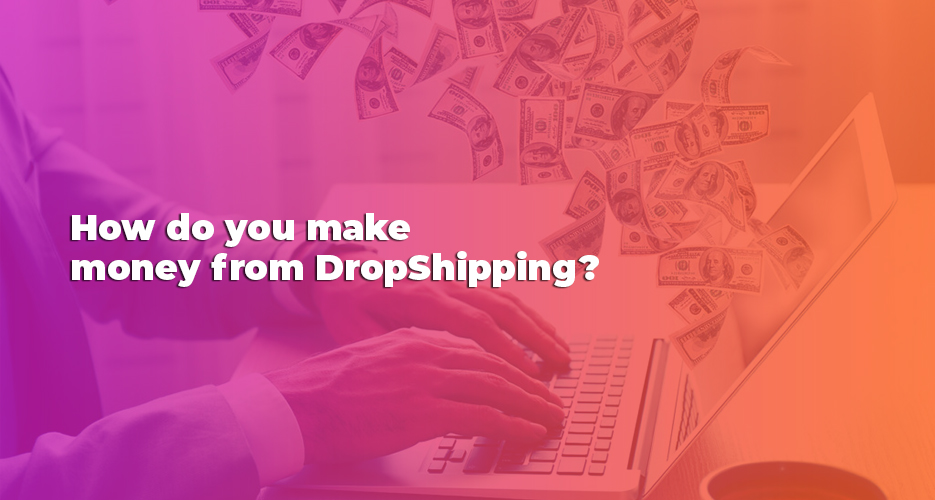
Sellers can start DropShipping with absolutely no cash upfront – as long as you’re prepared to put in a little work, you really can make money from nothing! Remember, you are not spending anything at all on stock – you’re paying for each item as the customer has paid you.
You’re basically selling goods at a higher price than wholesale, paying the supplier wholesale price (plus a fee) and keeping the profits. That means you’ll need to ensure that you’re selling products from suppliers that are cheap enough that you can continue to make adequate profits.
Like we mentioned above, how successful sellers really start to increase their income is through marketing. Once your business is up and running, you’ll be looking at creating social media presences, creating advertising campaigns and so on, so you can reach your target customers better and drive them to your products, so they will make their purchase.
How do I start DropShipping?
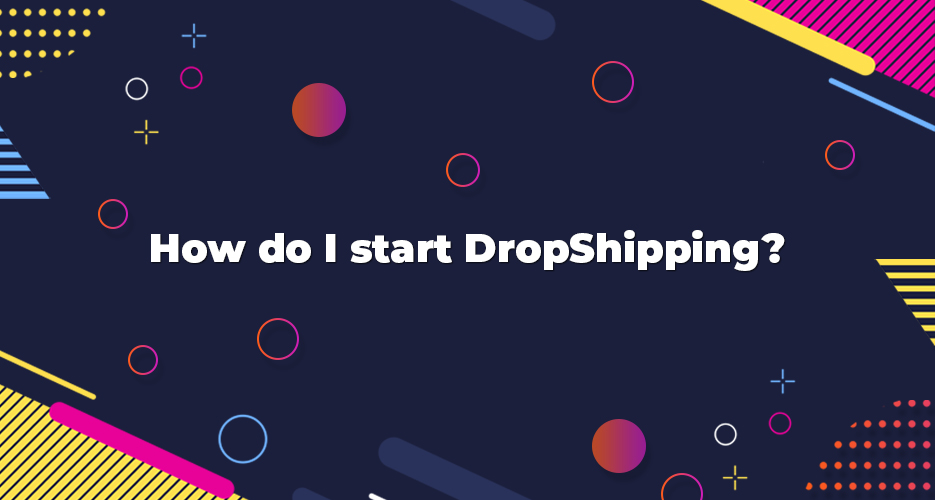
There’s a few ways you can start DropShipping. You can set up a website, list products from sellers on marketplaces like AliExpress, Wish and so on, and you can manage your processes manually. When a customer places an order from you, you simply go to that marketplace, buy the item, and put the customer’s details in the delivery address. This approach is fine if you’re just starting out, or you’re not expecting to sell that many items. But there are better ways, that don’t involve technical skills.
The next approach you can try is a combination of AliExpress DropShipping and Shopify. It automates much of your DropShipping, but there are issues – including limited places you can sell (pretty much only on your Shopify store) and potentially slow shipping.
The best, and most efficient way to do DropShipping is to automate all your processes, using a platform that offers multichannel DropShipping. Multichannel means that whatever you’re selling, you can sell on multiple sales channels – marketplaces, websites and so on – without any additional effort from you.
Once you’re using a platform like Avasam to manage everything for you, and you’re listing products from verified suppliers, your time is freed and you can work on your marketing, and draw more customers to your products.
What is drop surfing?

When it comes to drop surfing, it really depends on who you listen to, and what you read, but there are a couple of definitions doing the rounds. We’ll have a look at both approaches in this post, so you can be fully informed before you start, or begin to apply the strategy to your business.
Both these definitions are simply different strategies that DropShipping businesses can use, so start to think of drop surfing as a DropShipping strategy,rather than being a completely new phenomenon that you need to get your head around. We’re going to give them names, so they’re easier to differentiate between.
Definition 1: ‘best price’ drop surfing
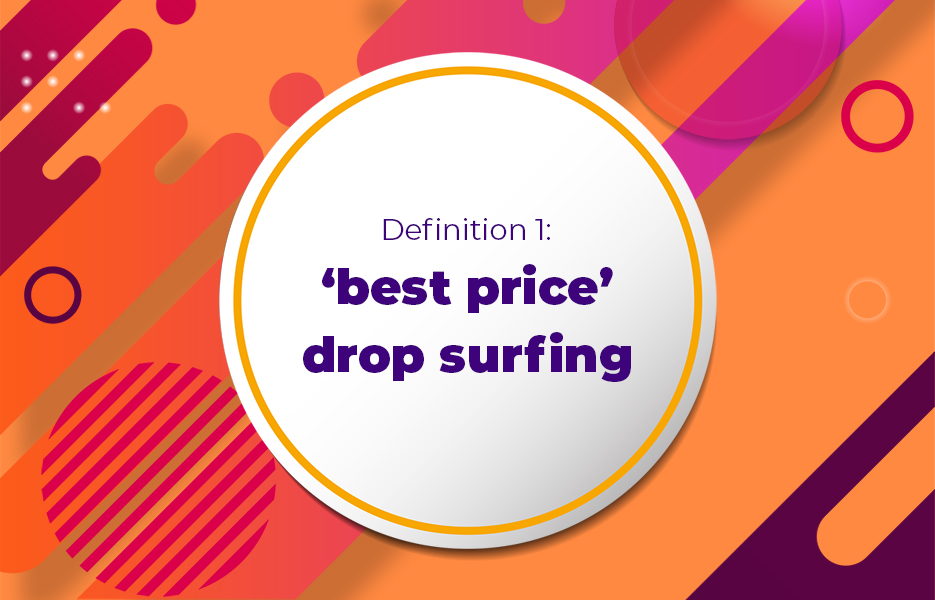
If you’ve been DropShipping for a while, this approach is likely to be absolutely nothing new to you, because this is what many smart sellers have been doing for quite some time!
Basically, in this approach, when a customer orders an item you’re listing for sale, you simply buy the item from the supplier with the best price, rather than the same supplier every time.
That’s all it is for this approach! Pretty simple, no special procedures to learn – because it is pretty much exactly what you’re doing with regular DropShipping, finding the best prices from your suppliers.
Advantages of ‘best price’ drop surfing
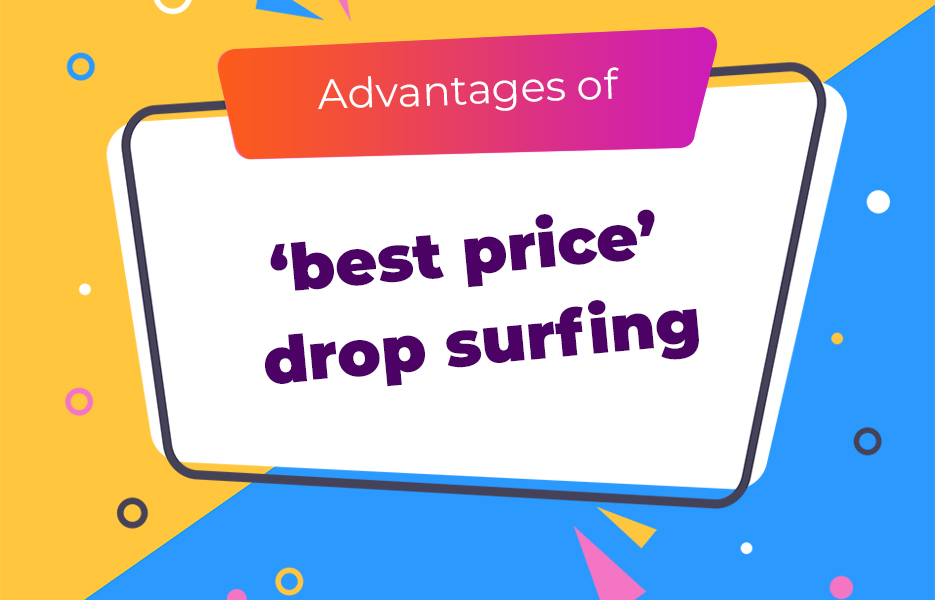
Higher potential profits
You have the potential to make more money by reaching higher profit margins. This is the biggest reason that people do ‘best price’ drop surfing – why wouldn’t you want to be making more money, if it’s as easy as switching supplier? The amount you can make on each item will fluctuate as suppliers change their prices, but you will always be able to maximise your profit by buying customer orders from the cheapest supplier.
Avoid poor service
Choosing from whichever supplier has the best price means that if you happen to encounter a supplier that doesn’t provide great service, you can simply avoid them for future purchases. The only issue here is that you’ll need to figure out how to keep track of the less efficient suppliers.
Out of stock is unlikely
Finding a product out of stock completely across every single platform is a rarity with this strategy – there will almost always be another supplier you can place your order with. If stocks of a certain item become low worldwide, you might find that you end up paying a bit more, and so your profit margins will be affected – but you will almost certainly be able to find a supplier that can fulfil your customer’s order.
Disadvantages of ‘best price’ drop surfing
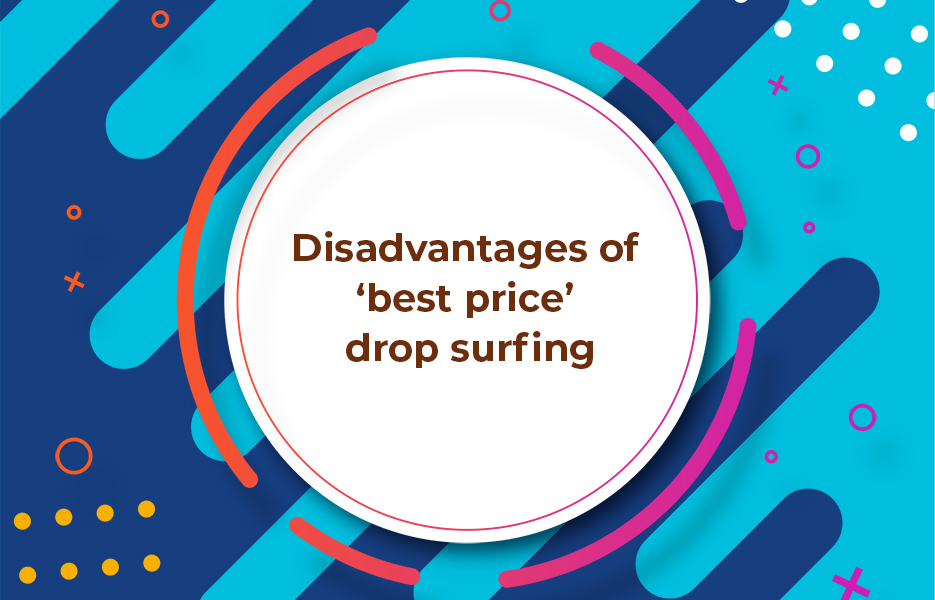
Manual price checks
It can take quite a bit of manual work to make sure you have the latest prices – you’ll need to be checking prices each day, for each order. If you’re just starting out, and only getting a few orders in each day, this may not be an issue, but once you get beyond a dozen or so orders each day, this approach might get tedious and time-consuming, and you might find yourself over-worked unless you find a way to manage your searches for the cheapest supplier effectively.
Time consuming
Since this approach is a lot more time-consuming than traditional DropShipping, your marketing efforts will need to be carefully managed. Successful sellers make their money by focusing on their marketing efforts – social media posts, YouTube videos and other marketing techniques to encourage customers to buy from you. Since you need to spend time on doing price checks, you have less time to spend on marketing – which isn’t ideal for building your business further.
Weaker relationships with suppliers
Being inconsistent with the supplier you’re using means you’ve less chance of creating a business relationship with them. That might be fine if you’re expecting your DropShipping business to be a short-term prospect (going back to our example of a student making some money while they’re at university), but in the long term, switching suppliers all the time isn’t going to help you to build a sustainable business.
Since you’re not likely to be working with the same supplier very often, if something goes wrong with an order, it is likely to be much more of a headache than with traditional DropShipping. Unlike more traditional DropShipping approaches where a business relationship can naturally develop over time, with this drop surfing approach suppliers have no reason to put additional effort into supporting you as a seller, because you’ve not shown them any loyalty by rewarding them with repeat business.
Increased risk of poorer quality
Using multiple suppliers also means that you don’t know whether the quality of the cheapest supplier is going to be as good as the last – and with potentially reduced quality comes potential complaints, negative reviews and so on.
Increased risk of lower profits
With best price drop surfing, there isn’t any guarantee that you can continually make money on each item you sell. Although it can be an advantage that prices of your items will fluctuate, because you have the potential to make more money on each item as prices drop, there is a good chance that you might also lose out too. You’ll need to keep a careful eye on the wholesale prices of your items, reviewing whether they’re worth continuing to sell regularly.
How to do ‘best price’ drop surfing

If you’re DropShipping AliExpress products, then you’re probably using this approach already – you’re simply choosing whichever seller on the marketplace has the best price, and buying from them. But you don’t have to restrict yourself to certain suppliers on certain marketplaces – when you sell a product, you can check websites like Wish, eBay and even Amazon to get the product at the best price. Since there are many sellers who are selling the same products at different prices on different marketplaces, you can capitalise on that, and buy your customer’s order from whichever supplier is cheapest.
If you want to incorporate this approach into your regular DropShipping, you can do this using a DropShipping platform that allows you to access a lot of different suppliers. The best platforms allow you to manage your items from different suppliers, and mean that you can list the best priced product from the suppliers that you’ve opted to work with.
Drop surfing this way – as part of your DropShipping strategy – means that you still benefit from increased profits on each item, but you get to maintain a positive working relationship with your suppliers. They know you’re reliable, and that means if you encounter an issue with an order, they see how much business you’ve brought into their company in the past, and they are more likely to treat you favourably when it comes to finding a solution.
Definition 2: ‘What’s trending’ drop surfing

Just like the ‘best price’ approach, this isn’t a ground-breaking new phenomenon – it’s a strategy that some sellers who are DropShipping already use to select their next products.
This type of drop surfing simply means that sellers choose what to sell based on what is trending right now.
Like we said – it isn’t something new, and doesn’t need a complicated set of skills to be able to do it! It’s also something that you can work with alongside traditional DropShipping methods, to make the most of those in-demand products.
Advantages of ‘what’s trending’ drop surfing
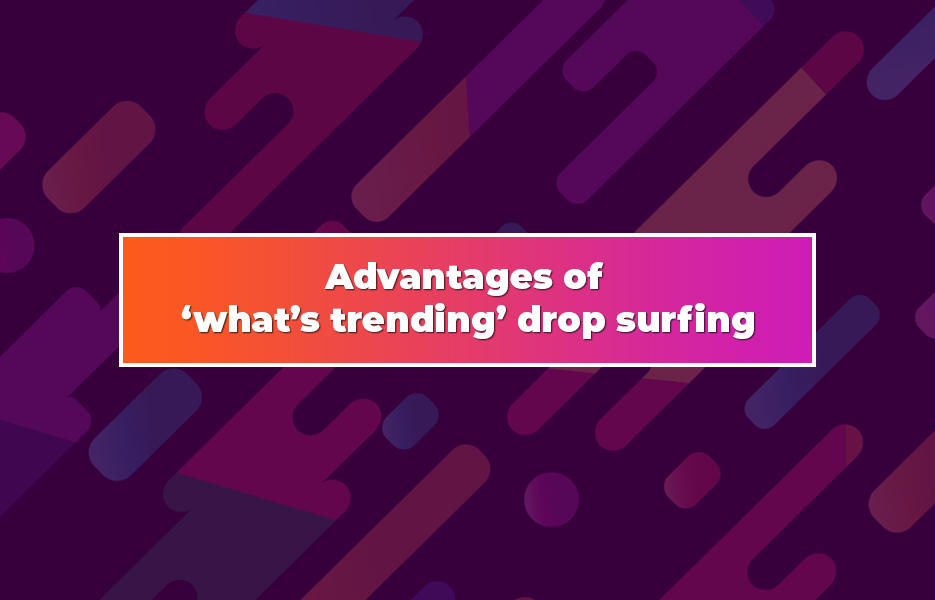
Popularity
You can almost guarantee that you will make sales – particularly if you’re selling on marketplaces like Amazon and eBay, because items that are trending are selling by the thousand, on multiple marketplaces worldwide.
Potential to influence
If you use tools that identify trends carefully, you might find a product that’s trending in one country, but not yet in another. That means you can influence customers who follow you on your social media to purchase those items – and if you post the link to your store, or marketplace listing, you’ll be able to make all those sales. Not only that, if you follow up and get them to tag you in their social media posts, you can make even more sales.
Profits
Where demand is high, you’re likely to be able to charge a bit more – like when the demand for fidget spinners went through the roof in 2017 – even the most basic models were selling for over £10, just for a lump of metal and some ball bearings! Working with products like these, that are cheap, easily (and inexpensively) shipped and in demand means that you are able to sell more, even if your profits aren’t as high as for some other items.
Disadvantages of ‘what’s trending’ drop surfing
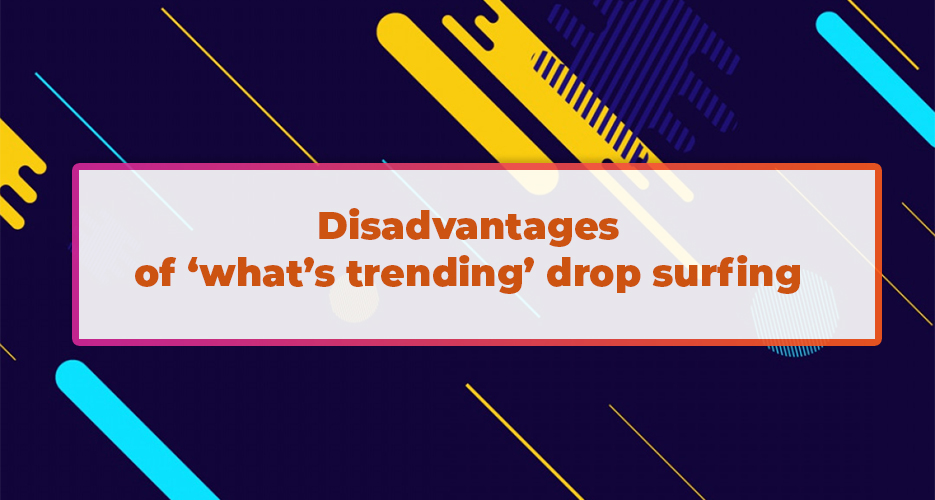
Enormous competition
You’re going to find yourself amongst a massive amount of competition. That means you’re going to have to give people a good reason to buy from you. If you take the approach of trying to be the cheapest, you may not make enough profit on each item for it to be worth your while to sell that product. The cheapest sellers and suppliers of trending items are extremely likely to sell out, though – which might be where you can win those sales.
Customer service difficulties
You won’t know your products all that well – which means that if a customer contacts you with a question, you might have to contact your intended supplier, slowing your response to your customer. That means you potentially lose a sale to another seller in that time.
How to do ‘what’s trending’ drop surfing
If you’re DropShipping, or you’re in the eCommerce industry, you will almost certainly have used tools such as Google Trends to help you identify opportunities that can grow your business. There are other tools you can use too, and even some that are specific to the eCommerce industry and marketplaces. Making using of these will help you find products that are trending, in which countries and so on.
You don’t have to be DropShipping from marketplaces to take advantage of this information though. Whether you reassess what you’re selling daily, weekly or fortnightly (you decide your strategy, because you are in control, remember!), and however you manage your DropShipping, make use of what’s trending information from marketplaces. It’s all valuable data that you can apply to your business without needing to do the research yourself. Work smarter, not harder!
In essence, though – all you need to do with this version of drop surfing, is to simply be DropShipping products that are trending. You don’t need to have any special techniques, although you might find you need to do more marketing, and increase customer trust in your eCommerce website. It’s also wise to sell what is trending on marketplaces like eBay and Amazon, as they are likely to be the first places that customers search for trending items. And if you’re going to be selling on multiple marketplaces and websites, using a platform to manage your multichannel DropShipping is a good idea.
How do you make money from drop surfing?
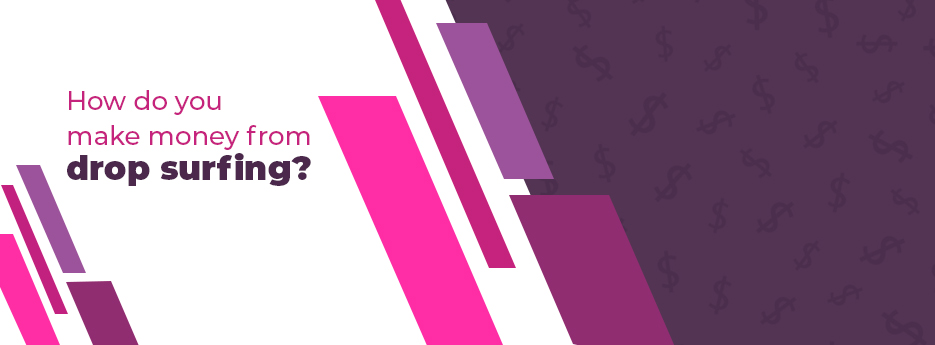
Drop Surfing – with either definition you choose to work with – is simply a variation of DropShipping. And since you already know how you can make money with DropShipping, you can make money from each of these approaches.
When you’re ‘best price’ drop surfing, and choosing the cheapest supplier, you’re simply aiming to find the biggest margins by finding the cheapest supplier for each order you receive. If you can make an extra pound, dollar or euro on each order, by shopping around, that soon adds up!
With the second definition, selling what is currently trending, you can still make money, but your profit margins are likely to be considerably smaller, because there are so many sellers trying to make sales from the same products. For some products, those sellers might include the manufacturers, so you won’t be able to undercut them on price. The way you’ll make money with this approach is by the volume of items you sell. Whether you sell the top 20 trending items in one country, or the top 100 trending items worldwide, making your money will depend on selling thousands of items with a tiny profit margin.
What’s the best way to do drop surfing?
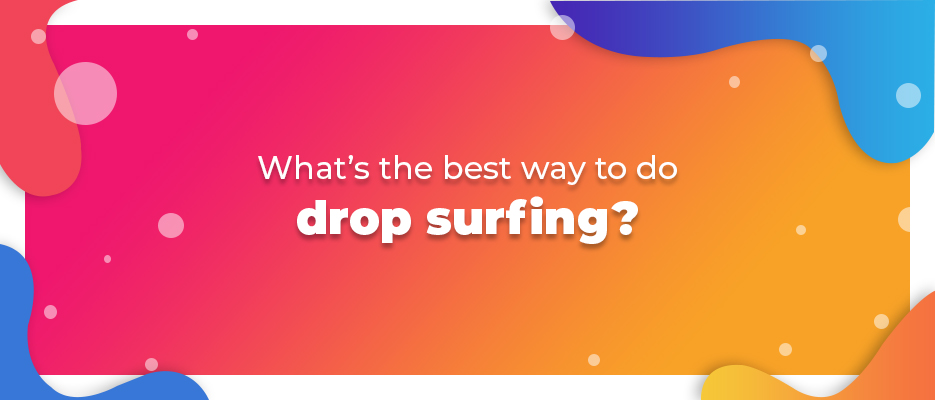
It really depends on what your long-term strategy is, and whether you’re wanting to use either of these drop surfing strategies to make money fast, and if that is as far as your business plan stretches. The problems that come from both strategies means that drop surfing alone is unlikely to help you create a sustainable business that can grow and continue to be profitable.
If you’re looking to create a more sustainable business, then start a DropShipping business with a solid background, and then you can start to implement either, or both of these drop surfing strategies to boost your profits. Don’t forget, the beauty of DropShipping is that it’s incredibly flexible – and you are totally free to experiment with different tactics and strategies, at different times of the year, to make the most of customer demand.
Is drop surfing legal?

Yes, because essentially, both strategies are still a type of DropShipping – which is itself legal to do, although you may need to carefully check the terms and conditions for different marketplaces. However, we don’t think either of these drop surfing approaches alone are necessarily the best way of operating. They don’t encourage strong, long-term relationships with your suppliers – and that means that, in the case of a problem, they might not necessarily look on you as favourably as they might if you had built a strong working relationship with them. If you’re thinking your DropShipping business is a short-term prospect, that might be fine – but use caution if not.
Which is best, DropShipping or drop surfing?
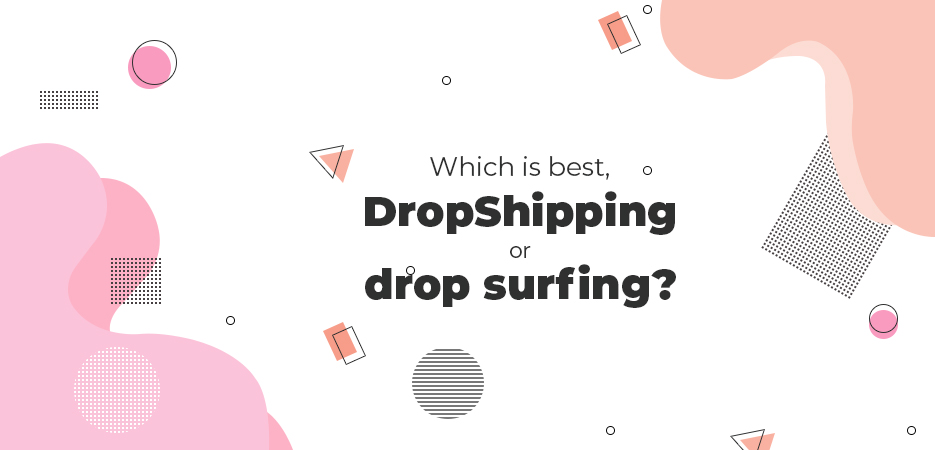
Since drop surfing is simply a couple of different strategies that you can use within DropShipping, asking which is best isn’t that productive – because there will be good outcomes, and some that won’t work as well – butit all depends what you want the outcome to be, and the business you are applying it to.
Can I drop surf with Avasam?

Since DropShipping is at the heart of both drop surfing strategies, and DropShipping is what Avasam does – yes, absolutely you can! You can apply drop surfing strategies to your business with very little trouble indeed using Avasam. Whether you want to use the ‘best price’ strategy, or you want to work with what is trending, Avasam is set up to allow you to easily switch the products you’re selling, and the suppliers you work with.
Not only can you benefit from applying these elements to your DropShipping, you will benefit from the advantages that working with suppliers regularly brings – increased support if there happens to be an issue with an order, for example. You won’t encounter any communication issues – because all our suppliers have English-speaking support teams, and they’re on the same time zone, when you raise an enquiry with them, they will typically get back to you within just a few hours.
Not only that, because our suppliers are based in the UK and Europe, delivery times are sped up – generally with delivery the next working day, and with better service than you’ll receive from suppliers further afield.
As we’ve discussed here, drop surfing – whether ‘best price’ or ‘what’s trending’ – isn’t really a new thing, and it’s definitely nota complicated concept. If you understand DropShipping, it will almost certainly, by now, be clear to you how drop surfing can be applied to a DropShipping business as a strategy. You don’t need the online courses that we know some self-proclaimed ‘experts’ are pedalling! You can apply these approaches to your online retail business immediately – at most, they’re simply a slight alteration to how you’re already working.
If you’re new to DropShipping, as we said before – head to our ultimate guide to DropShipping for more in-depth details on how to get started. If you have questions that you’d like to discuss with someone before you get started, then get in touch – we’re very happy to help you get on your way to success!

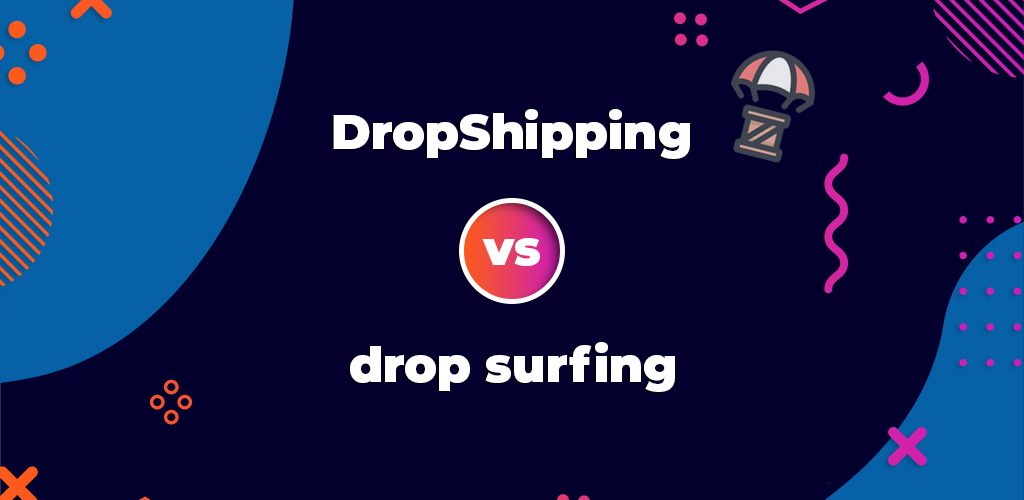


DropShip products from verified suppliers to diversify your inventory and scale your eCommerce business